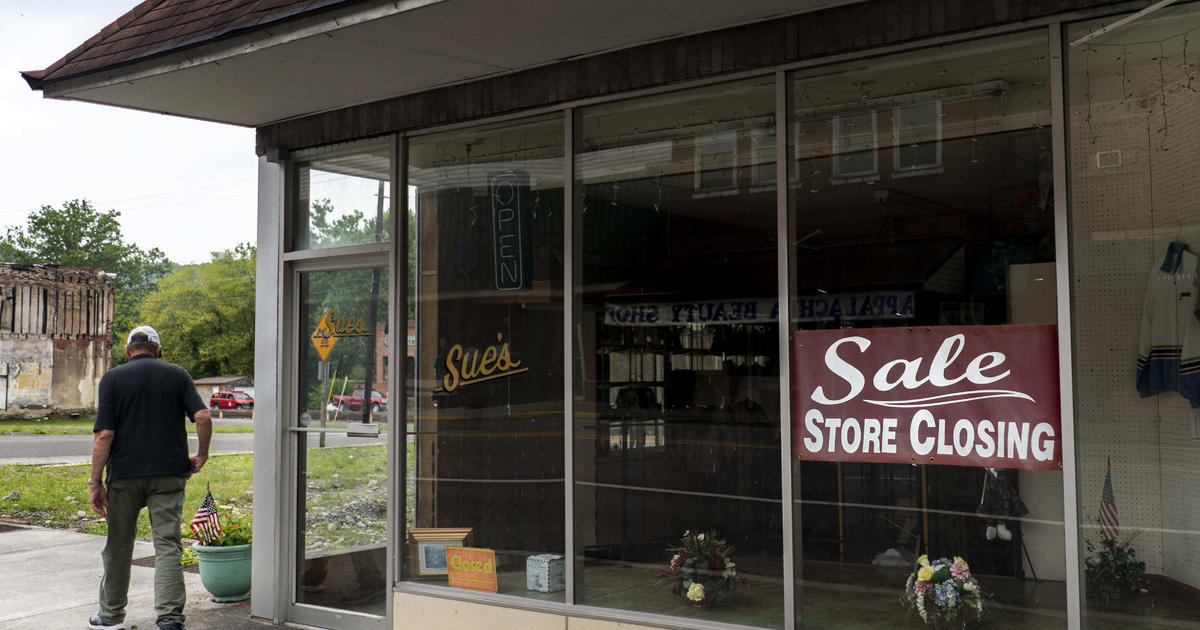
In America's "internal colonies," the poor die far younger than richer Americans
CBSN
Millions of Americans are living in communities mired in "deep disadvantage," mostly rural locations stuck in generational poverty, but where some residents experience health outcomes that shorten average life expectancies to that of poor nations.
These are America's "internal colonies," according to a new book, "The Injustice of Place" (Mariner Books, August 2023), about the geography of poverty. Researchers and co-authors Kathryn J. Edin, a sociology professor at Princeton University; H. Luke Shaefer, a professor of social justice and social policy at the University of Michigan; and Timothy Nelson, director of undergraduate studies in sociology and a lecturer of public affairs at Princeton, have taken a deep dive into community-level data to create the "Index of Deep Disadvantage," which combines poverty statistics with health measures, such as life expectancy, to examine trends across the nation.
The resulting map shows huge swaths of deeply disadvantaged locations across the nation's 3,000 counties, places that are mostly located outside of the largest U.S. cities yet which share some traits: A history of resource extraction, unequal educational opportunities, a breakdown of social bonds, violence and local corruption. These locations also were linked to some of the most brutal aspects of U.S. history, from slavery to Appalachia's coal mining practices, the authors note.
